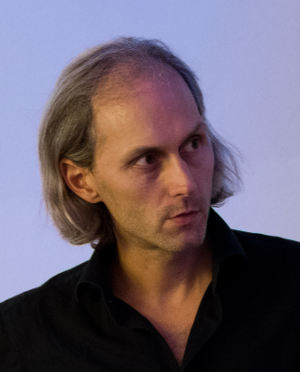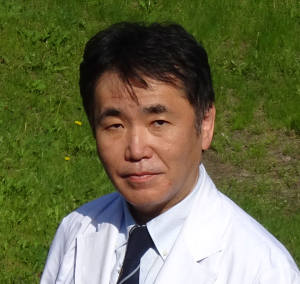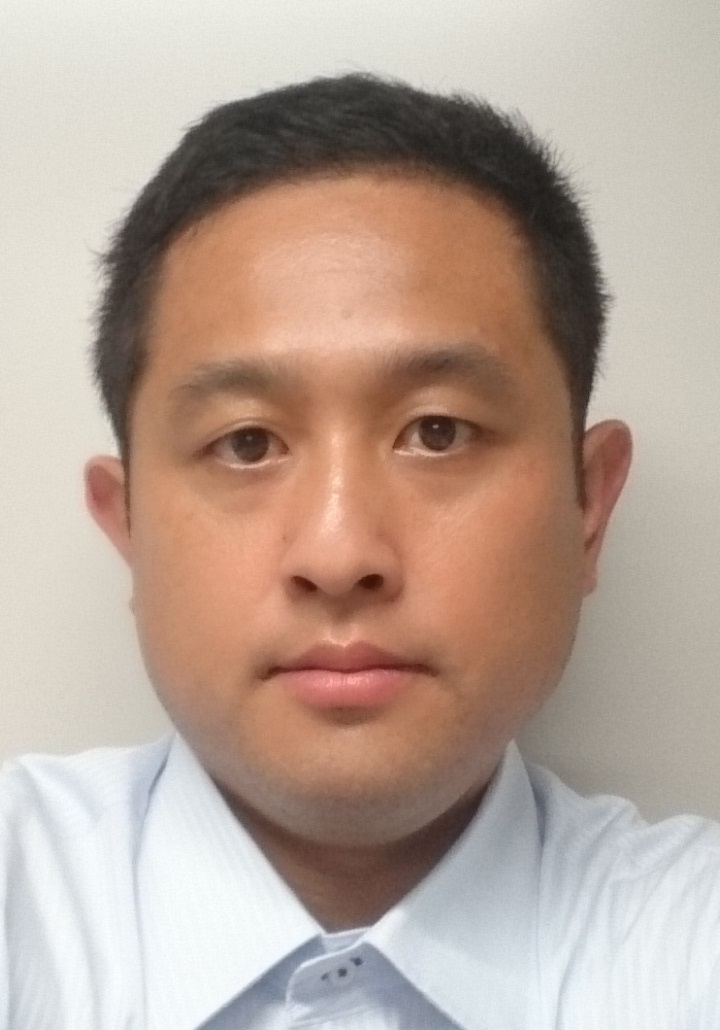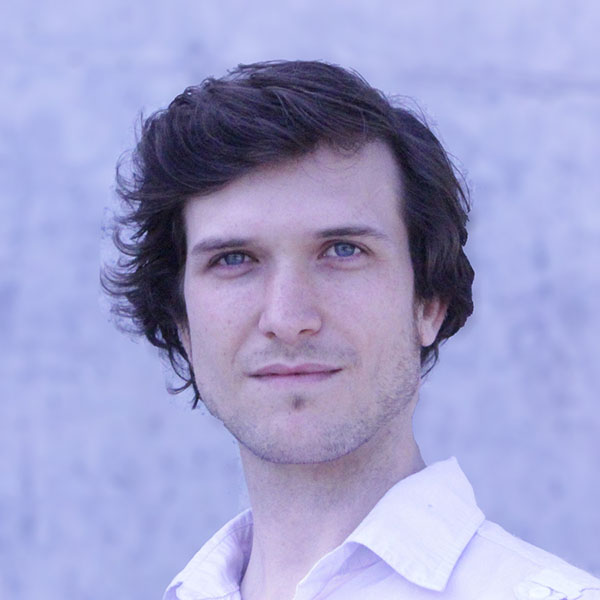
BRAIN-COMPUTER INTERFACE HACKATHON AT IEEE SMC 2018
October 7-8, 2018 at Seagaia Convention Center
in Miyazaki, Japan
IEEE SMC BCI HACKATHON
Brain Hackathons are brainstorming and collaborative marathons designed to rapidly produce working prototypes. At IEEE SMC, brain hackathons bring developers, technologists, engineers, students, artists, and scientists together in teams of 5 participants each over 2 days to cram and build solutions that they can present. Hence, the Brain Hackathon provides an environment for innovation and entrepreneurship. By putting creative minds from multiple disciplines together for a short period of time, we have the opportunity to discover and uncover possibilities for using BCI-related hardware and software not readily thought of. Hacks and innovation developed from Brain Hackathons have great potential for commercialization. Finally, Brain Hackathons are also designed to be a learning experience for everyone.
There are several predefined projects at the hackathon, which the participants can choose to work on. Below, the projects are described in detail including hard- and software specifications as well as the number of possible participants for each project. Motor imagery and EP based systems are mostly used to control the applications. Specific hardware for the projects will be provided, however, software should already be installed on your personal laptop before you come to the hackathon.
Read more: IEEE SMC 2018
Who can participate?
Anyone can participate who has interests in BMI, BCI, robotics, AR, VR, machine learning, computing, sensors, human-machine interface systems, control, signal processing, big data, haptics, rehabilitation, and similar areas. One does not have to be a BMI expert to participate on a team! Interdisciplinary teams with a combination of BMI and non-BMI skills are often successful in building solutions and producing working prototypes. Participation, food and drinks are free, registration for the IEEE SMC 2018 Conference is not required.
Can I submit a different project?
Professional teams can also participate to develop applications during the Hackathon to demonstrate full potential of some of the sponsored hardware/software. If you are looking for team members, your project will be included in the table plan below where people can apply for it. Submit your project to contact@br41n.io.
Can students compete among each other?
Participating in the IEEE SMC Brain Hackathon Student Competition gives students the chance to win a seat on a team in the IEEE SMC 2018 Brain-Computer Interface Hackathon. Application details will be defined soon.
What's in there for me?
Be creative, think outside the box. The Hackathon is fun and gets you to network and collaborate with other Geeks. Of course, there will be prizes for the best programming and artistic projects each. The best Hackathon projects will be awarded with cash prizes:
- 1st BR41N.IO Prize: $ 300
- 2nd BR41N.IO Prize: $ 200
- 3rd BR41N.IO Prize: $ 100
- BR41N.IO SfN Prize: $ 2,000 (5 tickets for SfN 2018)
- IEEE Brain Prize: $ 1,200 and 1 ticket with poster session for IEEE Brain Workshop on Advanced NeuroTechnologies
- IEEE SMC Prize: $ 1,000
- neumo Prize: $ 500
- neumo Prize: $ 500
- Intheon Prize: $ 500
HACKATHON SCHEDULE
Location: Room Fountain 2F
Sunday, 2018/10/07
| 7:30–8:00 | Coffee and Breakfast |
| 8:00–10:00 |
Talk & Demo: An overview of BCI approaches |
| 10:00–11:00 |
Talk: Multisensory BCIs in applications |
| 11:00–11:30 |
Press conference: Brain Hackathon with demonstrations Michael Smith, PhD, IEEE SMC BMI Workshop Chair, IEEE Brain Initiative, US |
| 11:30–12:00 | Coffee and Food |
| 12:00–12:15 |
Opening & Welcome |
| 12:15–13:45 |
Talk: Current and future applications of BCI and how to run a real-time BCI application |
| 13:45–14:00 | How to use LSL, BCILAB and NeuroPype Tim Mullen, Intheon |
| 14:00–14:30 | Group formation |
| 14:00 | START: BRAIN HACKATHON |
| 17:00–17:30 |
Talk: Non-invasive and invasive Brain-Computer |
| 17:30–18:00 | Hacking |
| 18:00–19:00 | Coffee and Food |
| 19:00–24:00 | Hacking |
Monday, 2018/10/08
| 00:00–10:00 | Hacking |
| 10:00–10:30 | Talk: BCIs for labeling our environment Paul Sajda, PhD, Columbia University, USA |
| 10:30–12:00 | Hacking |
| 12:00–13:00 | Coffee and Lunch |
| 13:00–14:00 | Hacking |
| 14:00 | END: BRAIN HACKATHON |
| 14:00-16:00 | Project presentations |
| 16:30–17:00 | Meeting Hackathon Jury |
| 17:00–17:30 | Brain Hackathon Award Ceremony |
HACKATHON JURY
BCI PRINCIPLES
Brain-computer interfaces are realized by 4 different principles:
slow waves
steady-state visual evoked potentials (SSVEP)
motor imagery (MI)
evoked potentials (EP)
In the BR41N.IO Hackathon Series, motor imagery and EP based systems
are mostly used to control the applications:
In the case of the motor imagery application, participants have to imagine e.g. left or right hand movement to produce an event-related desynchronization over the sensorimotor cortex. This is basically an amplitude change of the alpha and beta regions of the EEG.
In the case of EPs, the BCI system is showing different flashing icons and the user has to attend to the icon he wants to select. When the icon flashes on the computer screen, than a P300 wave is produced in the brain and the BCI system is able to detect it.
HACKING PROJECTS
intendiX/extendiX Smart Home
The unicorn is supported by the P300 based spelling application intendiX. It is possible to control home devices such as lamps, radios or television. Watch the intendiX/extendiX Smart Home video.
soft-/hardware specifications: unicorn, everyday objects (bring your own objects)
participants: 1 group, 3-5 people per group
skills: Basic programming skills (Matlab, Simulink)
Orthosis Control
It is possible to control a 3D printed orthosis using a unicorn amplifier with motor imagery. It is possible to move an orthosis by thinking about left or right hand motion. Watch the Orthosis Control video.
soft-/hardware specifications: g.USBamp, orthesis
participants: 1 group, 3-5 people per group
Skills: Basic programming skills (Matlab, Simulink)
FES Control
It is possible to control a FES using a unicorn amplifier with motor imagery. It is possible to move a FES by thinking about left or right hand motion.
soft-/hardware specifications: unicorn, FES
participants: 1 group, 3-5 people per group
skills: Basic programming skills (Matlab, Simulink)
Unity Games
It is possible to control a unity based games.
soft-/hardware specifications: g.Nautilus
participants: 1 group, 3-5 people per group
Skills: Basic programming skills (Matlab, Simulink), Basic graphics programming with Unity
Sphero SPRK Control
The unicorn is supported by the P300 based spelling application intendiX. It is possible to controll a robotic ball called Sphero with intendiX. Watch the Sphero Control video.
soft-/hardware specifications: unicorn, Sphero
participants: 1 group, 3-5 people per group
skills: Basic programming skills (C#)
Flight Control
The unicorn is supported by the P300 based spelling application intendiX. It is possible to move a drone with intendiX.
soft-/hardware specifications: unicorn, drone
participants: 1 group, 3-5 people per group
skills: Basic programming skills (Java)
fNIRS and EEG Control
The team can use fNIRS (functional near-infrared spectroscopy) and EEG simultaneously to control BCI applications.
soft-/hardware specifications: g.Nautilus fNIRS
participants: 1 group, 3-5 people per group
skills: Basic programming skills (Matlab, Simulink)
Your Hacking Project
You are invited to create your own programming project for this hackathon. You'll have all the BCI headsets or you bring your own BCI to design and program your own fully functional headset.
soft-/hardware specifications: tbd
participants: 1 group, 3-5 people per group
skills: Basic programming skills
Dream Painting
To use the dream painting app, the user is wearing an unicorn headset while sleeping. When he wakes up, he will get an image created according to his EEG signals.
soft-/hardware specifications: g.USBamp
participants: 1 group, 3-5 people per group
skills: Basic programming skills (Matlab, Simulink)
Camera
It is possible to record videos, while recording EEG with an unicorn amplifier.
soft-/hardware specifications: unicorn, cameras
participants: 1 group, 3-5 people per group
skills: Basic programming skills (Matlab, Simulink)
Connect intendiX w/ Social Media
The unicorn amplifier is supported by the P300 based spelling application intendiX. When connected to Twitter or Facebook, status updated can be written. Watch the intendiX Social Media video.
soft-/hardware specifications: unicorn
participants: 1 group, 3-5 people per group
skills: Basic programming skills (Matlab, Simulink)
ARTISTIC PROJECTS
intendiX Painting
Create images according to your EEG signals.
soft-/hardware specifications: unicorn
participants: 1 group, 3-5 people per group
Use intendiX for Social Media
Use the P300 based spelling application intendiX to update your status on Twitter or Facebook. Watch the intendiX Social Media video.
soft-/hardware specifications: unicorn
participants: 1 group, 3-5 people per group
Design Headsets Using 3D Printing
Expand your EEG Headset with your own 3d printed parts. Let them move, light, hold things or simply look nice. Watch the 3D Headset Design video.
soft-/hardware specifications: 3D printer, 3D freeware
participants: 1 group, 3-5 people per group
Skills: Basic CAD
Design Headsets Using Sewing Machines
Expand your EEG Headset with a hat designed to keep all electrodes in their intended position.
soft-/hardware specifications: sewing machines and material
participants: 5 people
THAT WAS MIYAZAKI 2018. THANK YOU!
IEEE BRAIN WINNER
1. BR41N.IO WINNER
Team "BR41NIO Bros."
The team designed a BCI game where Player 1 uses a keyboard to control the game and Player 2 uses a BCI to remove obstacles for Player 1.
Team members: Teruto Endo, Shogo Hirai, Quentin Few, Thomas James Tiam-Lee, Keigo Yabuki, Kaoru Sumi, Abdelkader Belkacem
2. BR41N.IO WINNER
Team "Three hours challenge"
The team extracted information from EEG and fNIRS to control BCI systems.
Team member: Soichiro Yamauchi, Kimihiko Iwata
3. BR41N.IO WINNER
Team "GRIP Aperture"
This team used EEG and fNIRS to decode how much force a person is using when holding a ball.
Team members: Jeffrey Mock, John Myers
IEEE SMC WINNER
Team "Dream Painting"
The team implemented signal processing methods that extracted different frequency bands and compared several classifiers for optimal performance in order to create paintings.
Team members: Ashhar Karalikkadan, Zaid Al Yasseri, Jane Zhen Liang
NEUMO WINNER
Team "Avatar"
The team implemented deep learning algorithms to extract motor imagination to control a prosthetic hand.
Team members: Ahmed Azab, Genji Kawakita, Felix Heilmeyer, Martin Völker, Joos Behncke
NEUMO WINNER
Team "UNIST BCI"
The team used a P300 speller and an Android controller to realize smart home control.
Team members: Jongmin Lee, Hyun Kim, Minju Kim, Jongwoo Park, Lee Taejun
INTHEON WINNER
Team "Sky Dancer"
The team used a P300 speller to navigate a drone in real-time.
Team members: Masayuki Kobayashi, Alisher Tortay, Huilin Xu, Kazuki Takaishi, Chiaki Hirayama
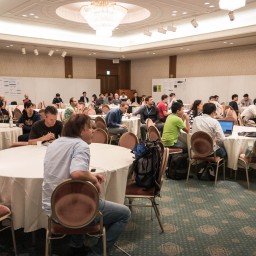 BR41N.IO-Miyazaki-2018-1
BR41N.IO-Miyazaki-2018-1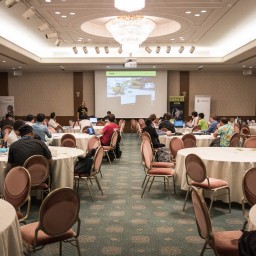 BR41N.IO-Miyazaki-2018-3
BR41N.IO-Miyazaki-2018-3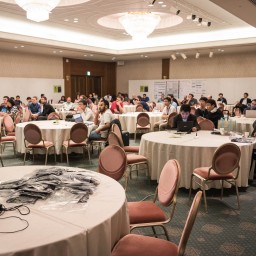 BR41N.IO-Miyazaki-2018-4
BR41N.IO-Miyazaki-2018-4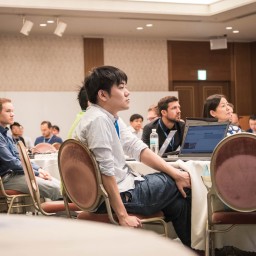 BR41N.IO-Miyazaki-2018-5
BR41N.IO-Miyazaki-2018-5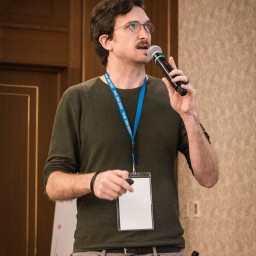 BR41N.IO-Miyazaki-2018-6
BR41N.IO-Miyazaki-2018-6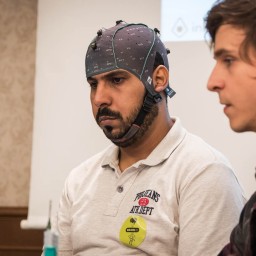 BR41N.IO-Miyazaki-2018-10
BR41N.IO-Miyazaki-2018-10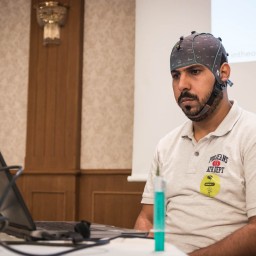 BR41N.IO-Miyazaki-2018-11
BR41N.IO-Miyazaki-2018-11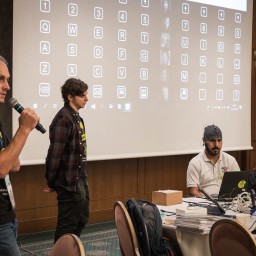 BR41N.IO-Miyazaki-2018-14
BR41N.IO-Miyazaki-2018-14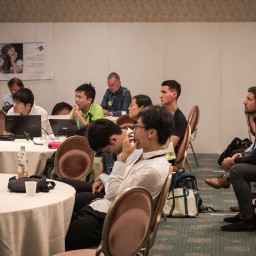 BR41N.IO-Miyazaki-2018-15
BR41N.IO-Miyazaki-2018-15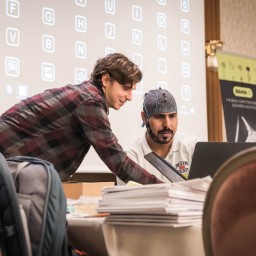 BR41N.IO-Miyazaki-2018-19
BR41N.IO-Miyazaki-2018-19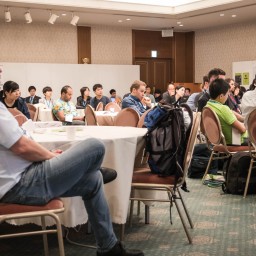 BR41N.IO-Miyazaki-2018-20
BR41N.IO-Miyazaki-2018-20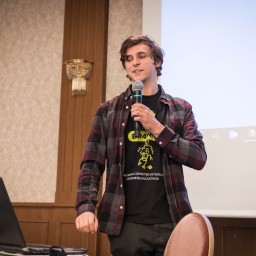 BR41N.IO-Miyazaki-2018-21
BR41N.IO-Miyazaki-2018-21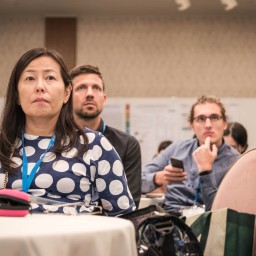 BR41N.IO-Miyazaki-2018-25
BR41N.IO-Miyazaki-2018-25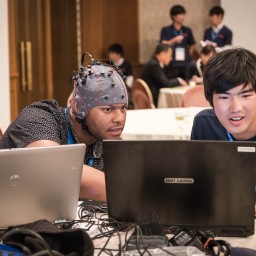 BR41N.IO-Miyazaki-2018-26
BR41N.IO-Miyazaki-2018-26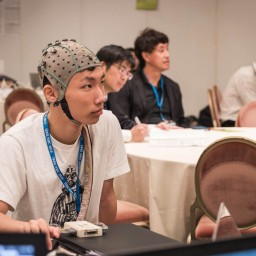 BR41N.IO-Miyazaki-2018-27
BR41N.IO-Miyazaki-2018-27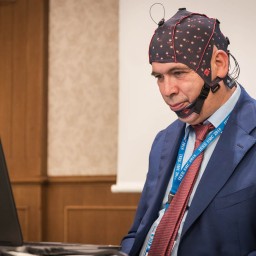 BR41N.IO-Miyazaki-2018-28
BR41N.IO-Miyazaki-2018-28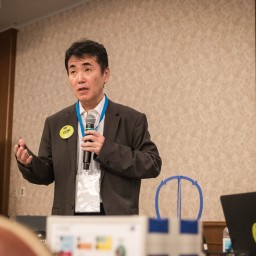 BR41N.IO-Miyazaki-2018-31
BR41N.IO-Miyazaki-2018-31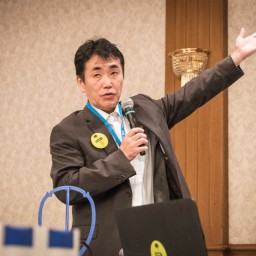 BR41N.IO-Miyazaki-2018-32
BR41N.IO-Miyazaki-2018-32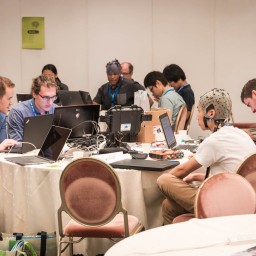 BR41N.IO-Miyazaki-2018-35
BR41N.IO-Miyazaki-2018-35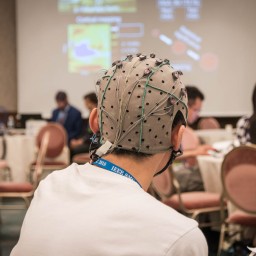 BR41N.IO-Miyazaki-2018-36
BR41N.IO-Miyazaki-2018-36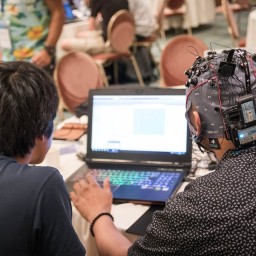 BR41N.IO-Miyazaki-2018-37
BR41N.IO-Miyazaki-2018-37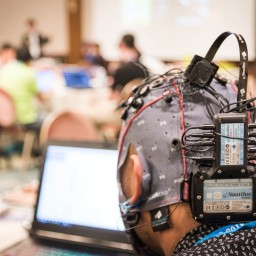 BR41N.IO-Miyazaki-2018-39
BR41N.IO-Miyazaki-2018-39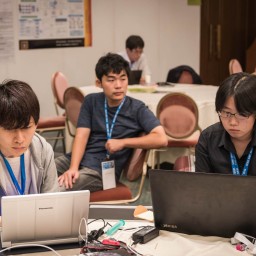 BR41N.IO-Miyazaki-2018-40
BR41N.IO-Miyazaki-2018-40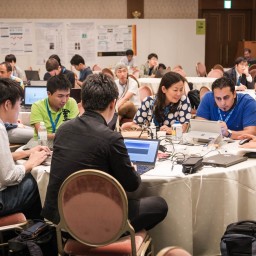 BR41N.IO-Miyazaki-2018-41
BR41N.IO-Miyazaki-2018-41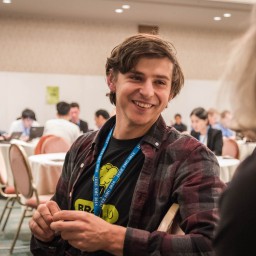 BR41N.IO-Miyazaki-2018-44
BR41N.IO-Miyazaki-2018-44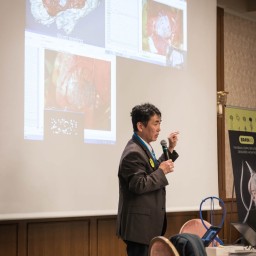 BR41N.IO-Miyazaki-2018-45
BR41N.IO-Miyazaki-2018-45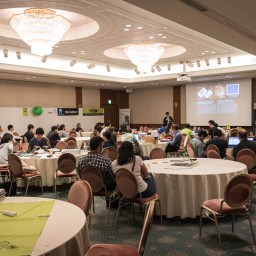 BR41N.IO-Miyazaki-2018-46
BR41N.IO-Miyazaki-2018-46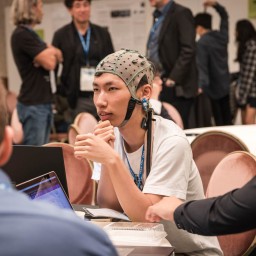 BR41N.IO-Miyazaki-2018-48
BR41N.IO-Miyazaki-2018-48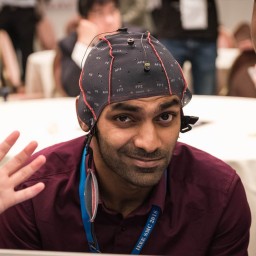 BR41N.IO-Miyazaki-2018-49
BR41N.IO-Miyazaki-2018-49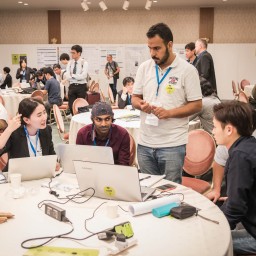 BR41N.IO-Miyazaki-2018-50
BR41N.IO-Miyazaki-2018-50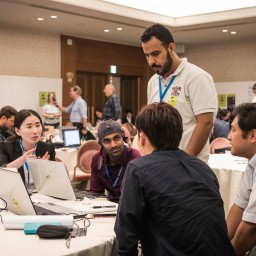 BR41N.IO-Miyazaki-2018-51
BR41N.IO-Miyazaki-2018-51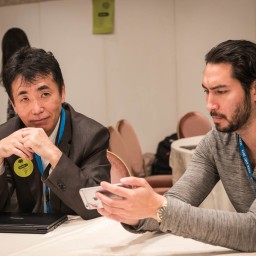 BR41N.IO-Miyazaki-2018-54
BR41N.IO-Miyazaki-2018-54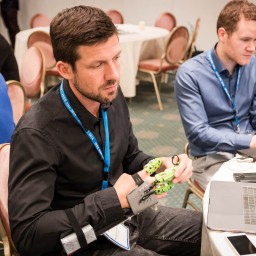 BR41N.IO-Miyazaki-2018-55
BR41N.IO-Miyazaki-2018-55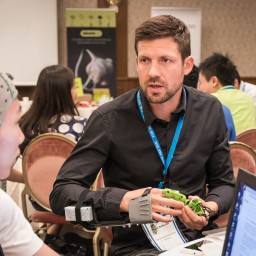 BR41N.IO-Miyazaki-2018-56
BR41N.IO-Miyazaki-2018-56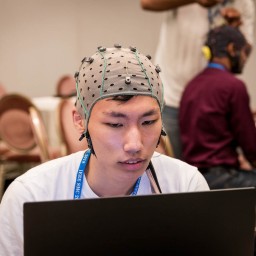 BR41N.IO-Miyazaki-2018-59
BR41N.IO-Miyazaki-2018-59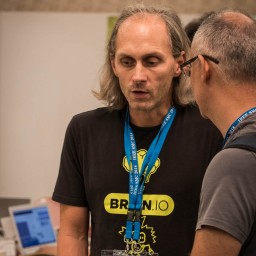 BR41N.IO-Miyazaki-2018-60
BR41N.IO-Miyazaki-2018-60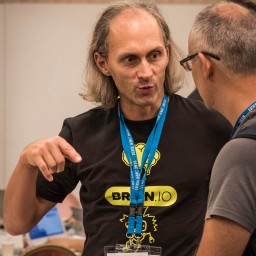 BR41N.IO-Miyazaki-2018-61
BR41N.IO-Miyazaki-2018-61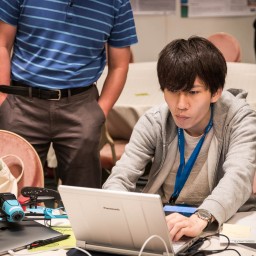 BR41N.IO-Miyazaki-2018-62
BR41N.IO-Miyazaki-2018-62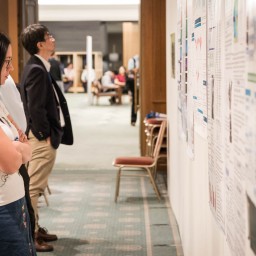 BR41N.IO-Miyazaki-2018-63
BR41N.IO-Miyazaki-2018-63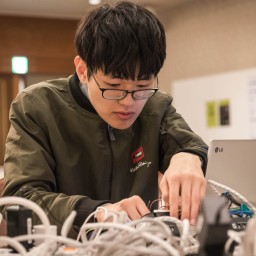 BR41N.IO-Miyazaki-2018-65
BR41N.IO-Miyazaki-2018-65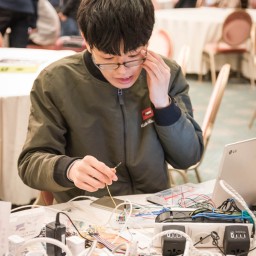 BR41N.IO-Miyazaki-2018-66
BR41N.IO-Miyazaki-2018-66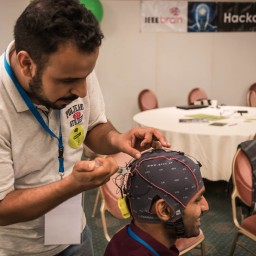 BR41N.IO-Miyazaki-2018-68
BR41N.IO-Miyazaki-2018-68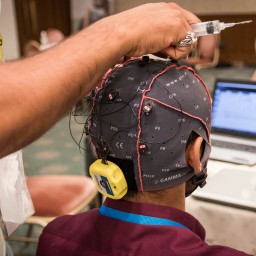 BR41N.IO-Miyazaki-2018-69
BR41N.IO-Miyazaki-2018-69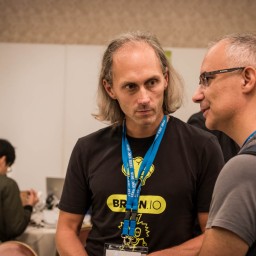 BR41N.IO-Miyazaki-2018-71
BR41N.IO-Miyazaki-2018-71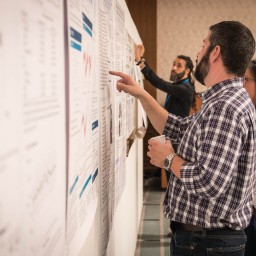 BR41N.IO-Miyazaki-2018-74
BR41N.IO-Miyazaki-2018-74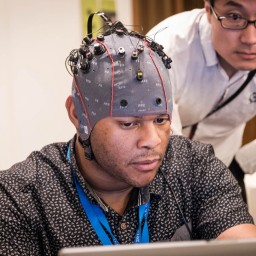 BR41N.IO-Miyazaki-2018-77
BR41N.IO-Miyazaki-2018-77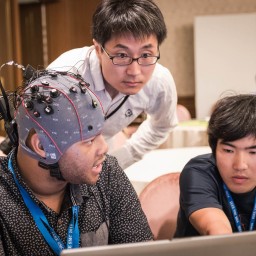 BR41N.IO-Miyazaki-2018-78
BR41N.IO-Miyazaki-2018-78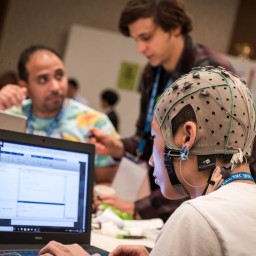 BR41N.IO-Miyazaki-2018-79
BR41N.IO-Miyazaki-2018-79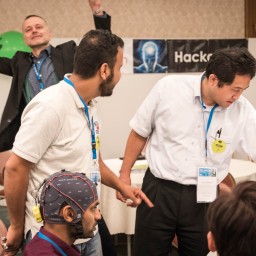 BR41N.IO-Miyazaki-2018-80
BR41N.IO-Miyazaki-2018-80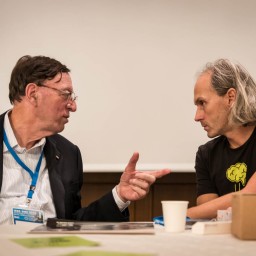 BR41N.IO-Miyazaki-2018-83
BR41N.IO-Miyazaki-2018-83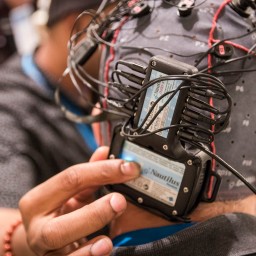 BR41N.IO-Miyazaki-2018-84
BR41N.IO-Miyazaki-2018-84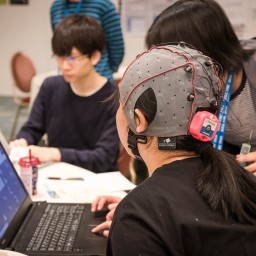 BR41N.IO-Miyazaki-2018-85
BR41N.IO-Miyazaki-2018-85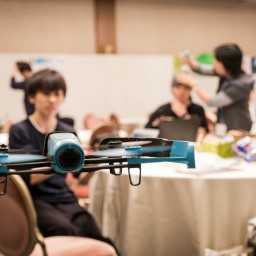 BR41N.IO-Miyazaki-2018-89
BR41N.IO-Miyazaki-2018-89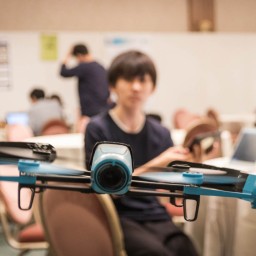 BR41N.IO-Miyazaki-2018-90
BR41N.IO-Miyazaki-2018-90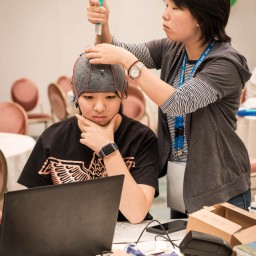 BR41N.IO-Miyazaki-2018-91
BR41N.IO-Miyazaki-2018-91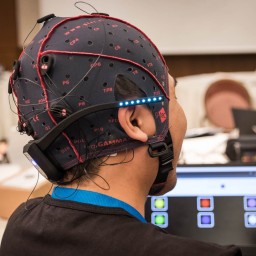 BR41N.IO-Miyazaki-2018-92
BR41N.IO-Miyazaki-2018-92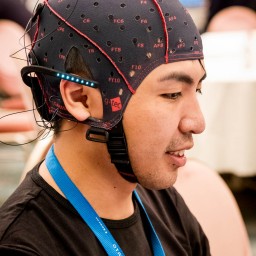 BR41N.IO-Miyazaki-2018-95
BR41N.IO-Miyazaki-2018-95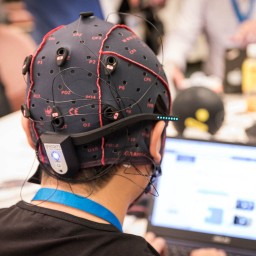 BR41N.IO-Miyazaki-2018-108
BR41N.IO-Miyazaki-2018-108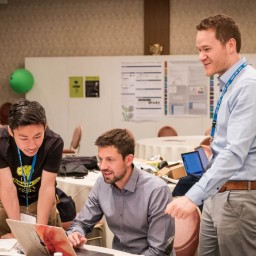 BR41N.IO-Miyazaki-2018-97
BR41N.IO-Miyazaki-2018-97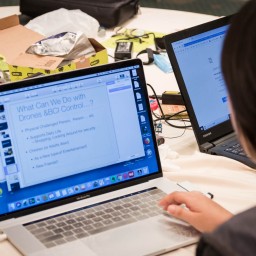 BR41N.IO-Miyazaki-2018-98
BR41N.IO-Miyazaki-2018-98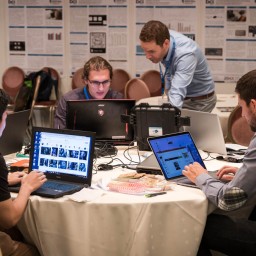 BR41N.IO-Miyazaki-2018-102
BR41N.IO-Miyazaki-2018-102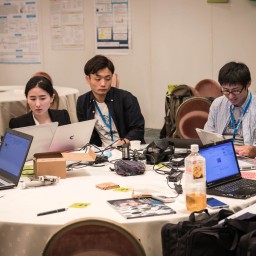 BR41N.IO-Miyazaki-2018-103
BR41N.IO-Miyazaki-2018-103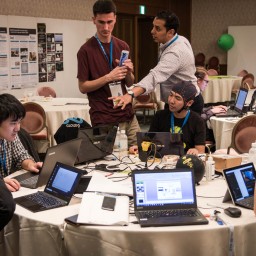 BR41N.IO-Miyazaki-2018-104
BR41N.IO-Miyazaki-2018-104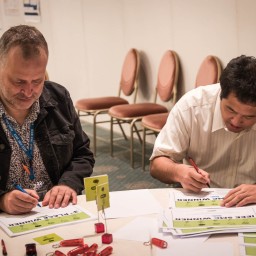 BR41N.IO-Miyazaki-2018-105
BR41N.IO-Miyazaki-2018-105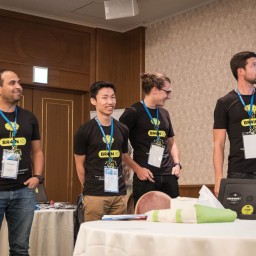 BR41N.IO-Miyazaki-2018-109
BR41N.IO-Miyazaki-2018-109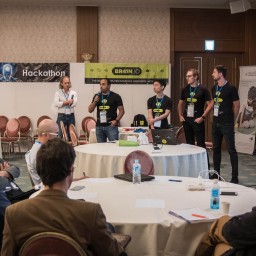 BR41N.IO-Miyazaki-2018-111
BR41N.IO-Miyazaki-2018-111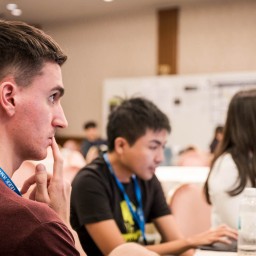 BR41N.IO-Miyazaki-2018-113
BR41N.IO-Miyazaki-2018-113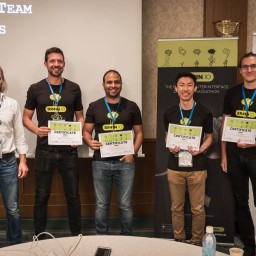 BR41N.IO-Miyazaki-2018-115
BR41N.IO-Miyazaki-2018-115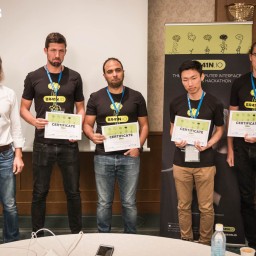 BR41N.IO-Miyazaki-2018-117
BR41N.IO-Miyazaki-2018-117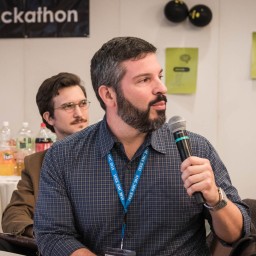 BR41N.IO-Miyazaki-2018-120
BR41N.IO-Miyazaki-2018-120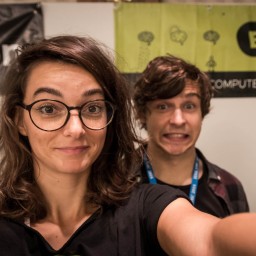 BR41N.IO-Miyazaki-2018-121
BR41N.IO-Miyazaki-2018-121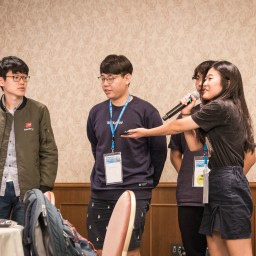 BR41N.IO-Miyazaki-2018-122
BR41N.IO-Miyazaki-2018-122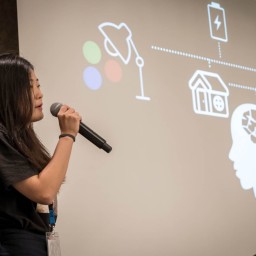 BR41N.IO-Miyazaki-2018-123
BR41N.IO-Miyazaki-2018-123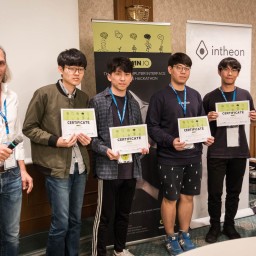 BR41N.IO-Miyazaki-2018-127
BR41N.IO-Miyazaki-2018-127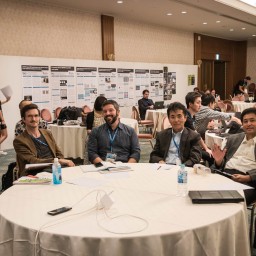 BR41N.IO-Miyazaki-2018-129
BR41N.IO-Miyazaki-2018-129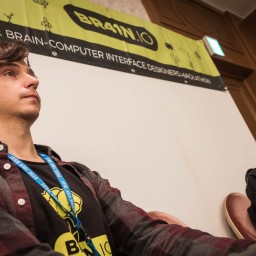 BR41N.IO-Miyazaki-2018-130
BR41N.IO-Miyazaki-2018-130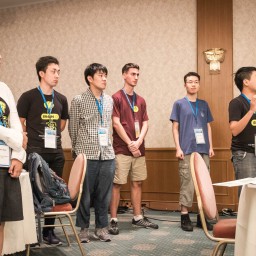 BR41N.IO-Miyazaki-2018-131
BR41N.IO-Miyazaki-2018-131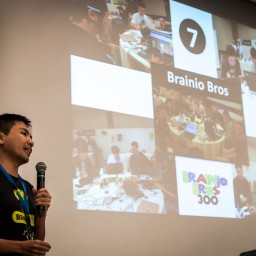 BR41N.IO-Miyazaki-2018-132
BR41N.IO-Miyazaki-2018-132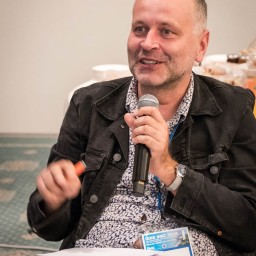 BR41N.IO-Miyazaki-2018-133
BR41N.IO-Miyazaki-2018-133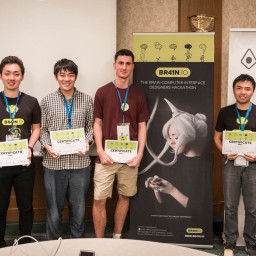 BR41N.IO-Miyazaki-2018-134
BR41N.IO-Miyazaki-2018-134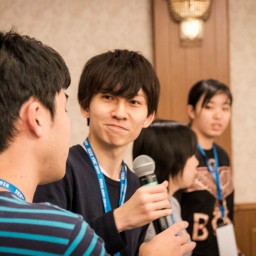 BR41N.IO-Miyazaki-2018-137
BR41N.IO-Miyazaki-2018-137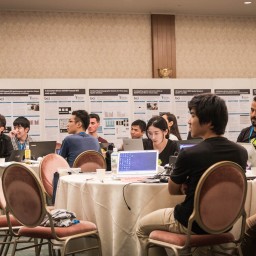 BR41N.IO-Miyazaki-2018-138
BR41N.IO-Miyazaki-2018-138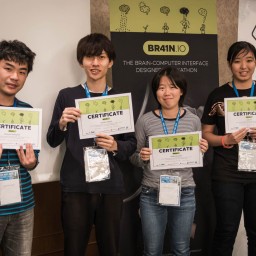 BR41N.IO-Miyazaki-2018-141
BR41N.IO-Miyazaki-2018-141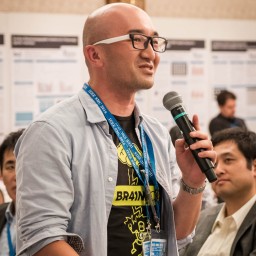 BR41N.IO-Miyazaki-2018-143
BR41N.IO-Miyazaki-2018-143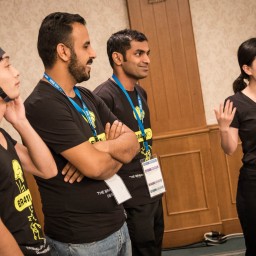 BR41N.IO-Miyazaki-2018-144
BR41N.IO-Miyazaki-2018-144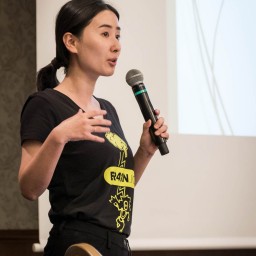 BR41N.IO-Miyazaki-2018-145
BR41N.IO-Miyazaki-2018-145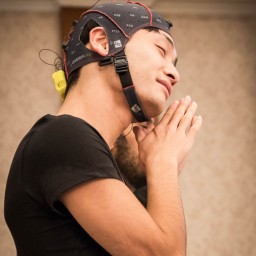 BR41N.IO-Miyazaki-2018-147
BR41N.IO-Miyazaki-2018-147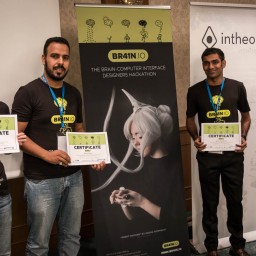 BR41N.IO-Miyazaki-2018-149
BR41N.IO-Miyazaki-2018-149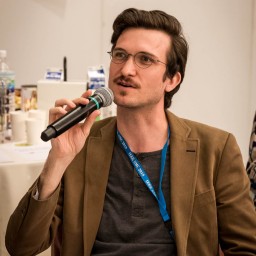 BR41N.IO-Miyazaki-2018-150
BR41N.IO-Miyazaki-2018-150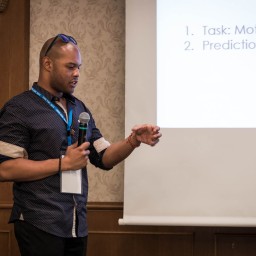 BR41N.IO-Miyazaki-2018-152
BR41N.IO-Miyazaki-2018-152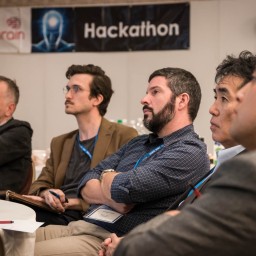 BR41N.IO-Miyazaki-2018-153
BR41N.IO-Miyazaki-2018-153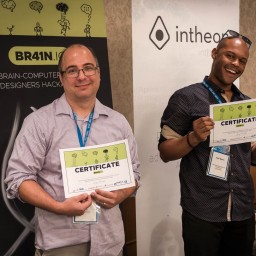 BR41N.IO-Miyazaki-2018-154
BR41N.IO-Miyazaki-2018-154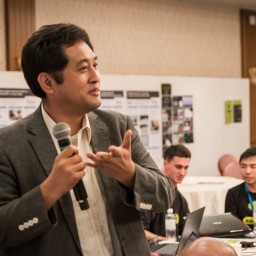 BR41N.IO-Miyazaki-2018-157
BR41N.IO-Miyazaki-2018-157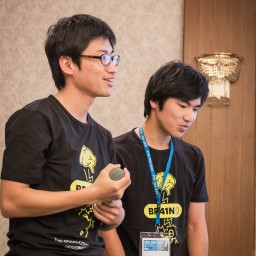 BR41N.IO-Miyazaki-2018-158
BR41N.IO-Miyazaki-2018-158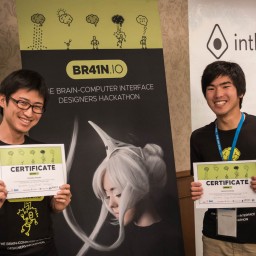 BR41N.IO-Miyazaki-2018-159
BR41N.IO-Miyazaki-2018-159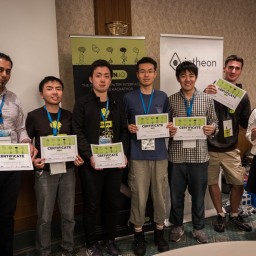 BR41N.IO-Miyazaki-2018-161
BR41N.IO-Miyazaki-2018-161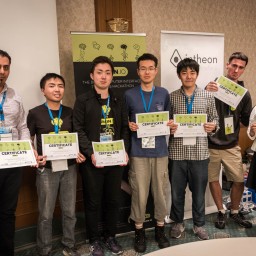 BR41N.IO-Miyazaki-2018-163
BR41N.IO-Miyazaki-2018-163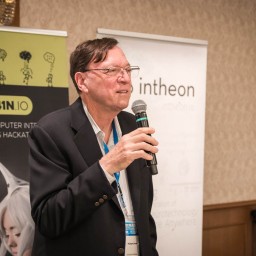 BR41N.IO-Miyazaki-2018-164
BR41N.IO-Miyazaki-2018-164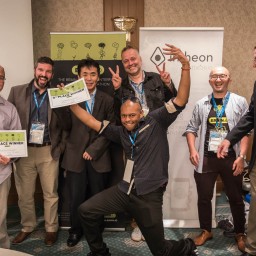 BR41N.IO-Miyazaki-2018-169
BR41N.IO-Miyazaki-2018-169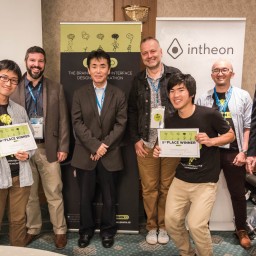 BR41N.IO-Miyazaki-2018-171
BR41N.IO-Miyazaki-2018-171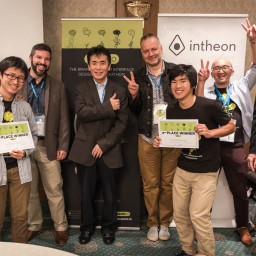 BR41N.IO-Miyazaki-2018-173
BR41N.IO-Miyazaki-2018-173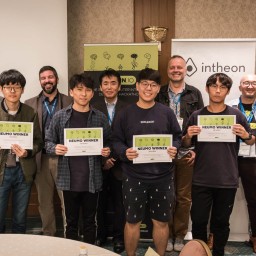 BR41N.IO-Miyazaki-2018-175
BR41N.IO-Miyazaki-2018-175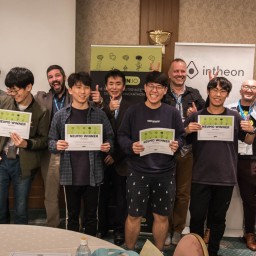 BR41N.IO-Miyazaki-2018-177
BR41N.IO-Miyazaki-2018-177 BR41N.IO-Miyazaki-2018-178
BR41N.IO-Miyazaki-2018-178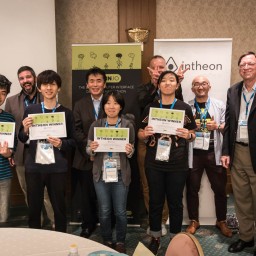 BR41N.IO-Miyazaki-2018-181
BR41N.IO-Miyazaki-2018-181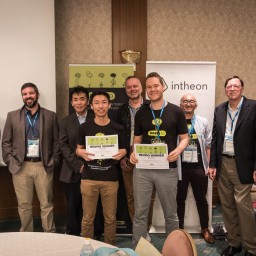 BR41N.IO-Miyazaki-2018-182
BR41N.IO-Miyazaki-2018-182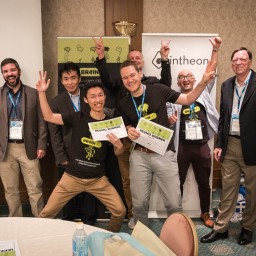 BR41N.IO-Miyazaki-2018-186
BR41N.IO-Miyazaki-2018-186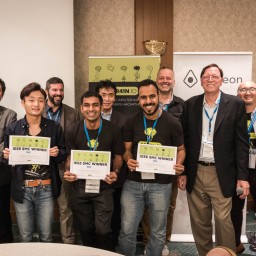 BR41N.IO-Miyazaki-2018-189
BR41N.IO-Miyazaki-2018-189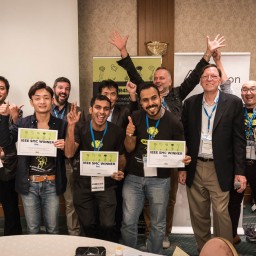 BR41N.IO-Miyazaki-2018-191
BR41N.IO-Miyazaki-2018-191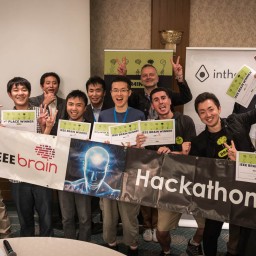 BR41N.IO-Miyazaki-2018-194
BR41N.IO-Miyazaki-2018-194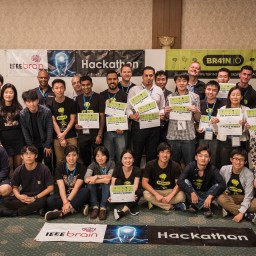 BR41N.IO-Miyazaki-2018-196
BR41N.IO-Miyazaki-2018-196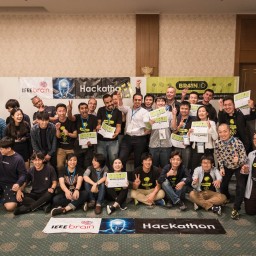 BR41N.IO-Miyazaki-2018-209
BR41N.IO-Miyazaki-2018-209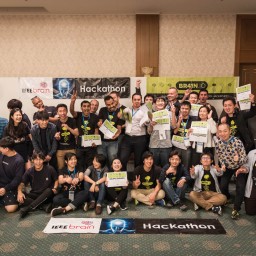 BR41N.IO-Miyazaki-2018-210
BR41N.IO-Miyazaki-2018-210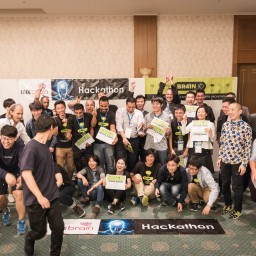 BR41N.IO-Miyazaki-2018-220
BR41N.IO-Miyazaki-2018-220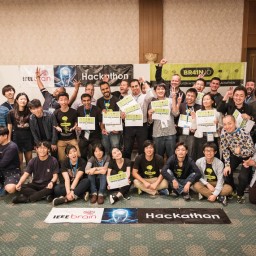 BR41N.IO%20Miyazaki%202018
BR41N.IO%20Miyazaki%202018







